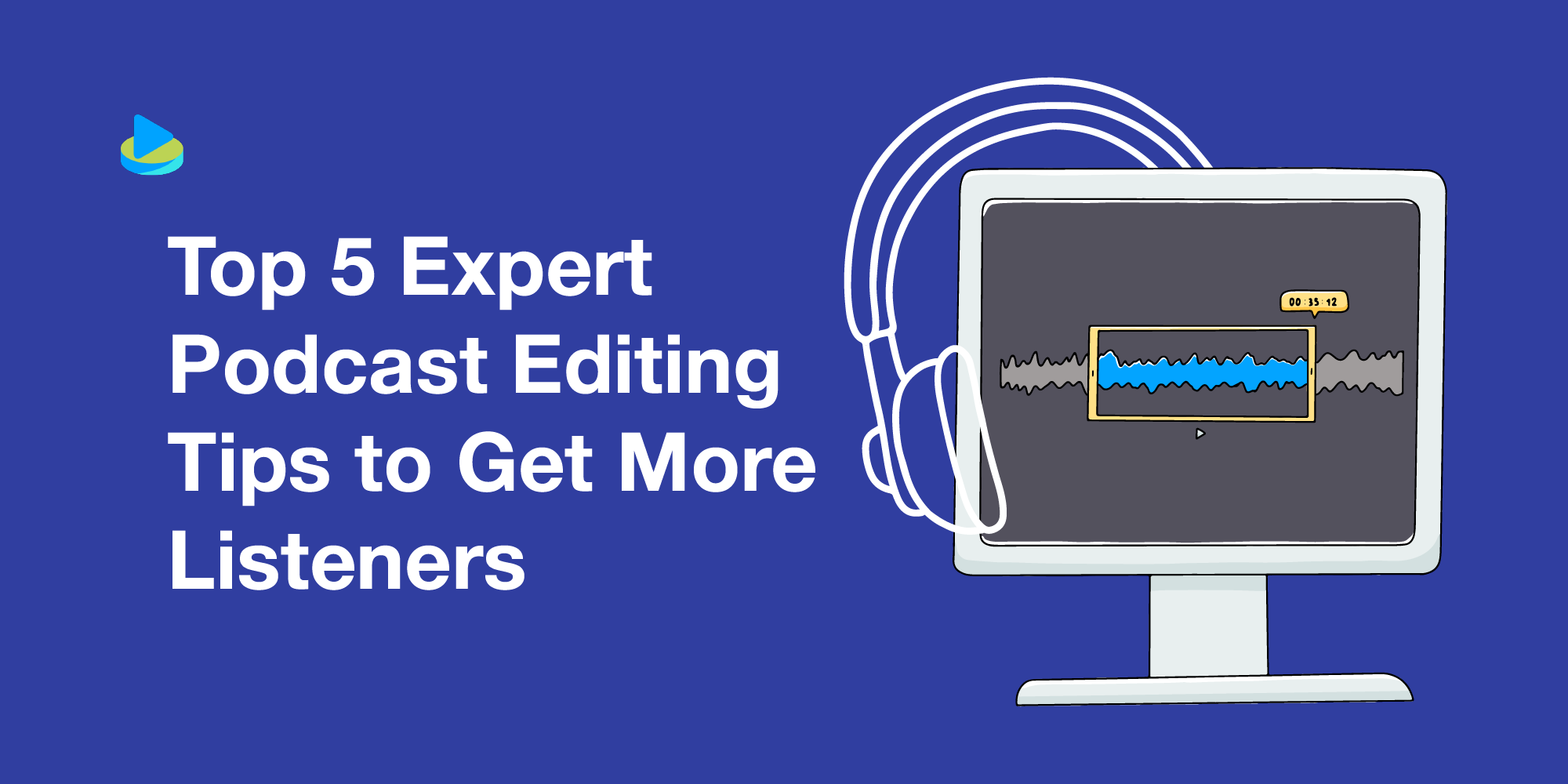You’ve taken a huge leap of faith and your first-ever podcast is up and running.
As you grow a loyal following it could generate incredible publicity for your business or cause. But right now, you know your listener base consists of a few loyal friends, five of your staff and your mum. So, how to get more podcast listeners?
Unfortunately, these first episodes probably sound clunky and disjointed to your worried ears. Yes, you’re new to the podcast game, so a portion of that is nerves. But editing each episode is confusing. So we invited five experts to each give you their top podcast editing tip.

But first...
What is podcast editing?
Podcast editing refers to the process of refining and enhancing an audio recording for a podcast. It involves tasks such as removing background noise, adjusting audio levels, cutting out mistakes or awkward pauses, adding music or sound effects, and creating a polished final product.
Ultimately, podcast editing ensures a pleasant listening experience for the audience.
Here are some common steps involved in podcast editing:
- Audio cleanup: This step involves removing unwanted background noise, such as hums, clicks, or hisses, to improve the overall audio quality.
- Cutting and rearranging: The editor trims out any mistakes, long pauses, or irrelevant content to make the podcast more concise and engaging. They may also rearrange segments to improve the flow of the episode.
- Leveling: This process ensures that all voices and audio elements have consistent volume levels throughout the episode. It helps prevent the audience from constantly adjusting the volume while listening.
- Adding music and sound effects: Editors often incorporate intro or outro music, transitions, and sound effects to enhance the podcast's overall production value and create a more immersive experience.
- Equalization and audio enhancement: The editor may adjust the equalization settings to balance the frequency range and make the voices sound clearer. They may also apply compression, limiting, or other audio processing techniques to improve the overall audio dynamics.
- Mixing and mastering: This step involves combining all the edited audio tracks, adjusting their relative levels, and applying final touches to ensure a cohesive and professional sound.
Five expert podcast editing tips
1. Establish your goal before hitting "record"
The best advice when it comes to podcast editing is to do enough work upfront. Make sure you plan, research, and prepare - that alone can save you up to 50% of needed editing. Before you press the record button, you need to establish an episode’s goal.
When cutting the final material, make sure each bit you keep is useful and completes that primary goal. Finally, when you find issues with the episode’s pacing, add some narration to enrich your story. Fill in the necessary context to build a satisfying listener experience.
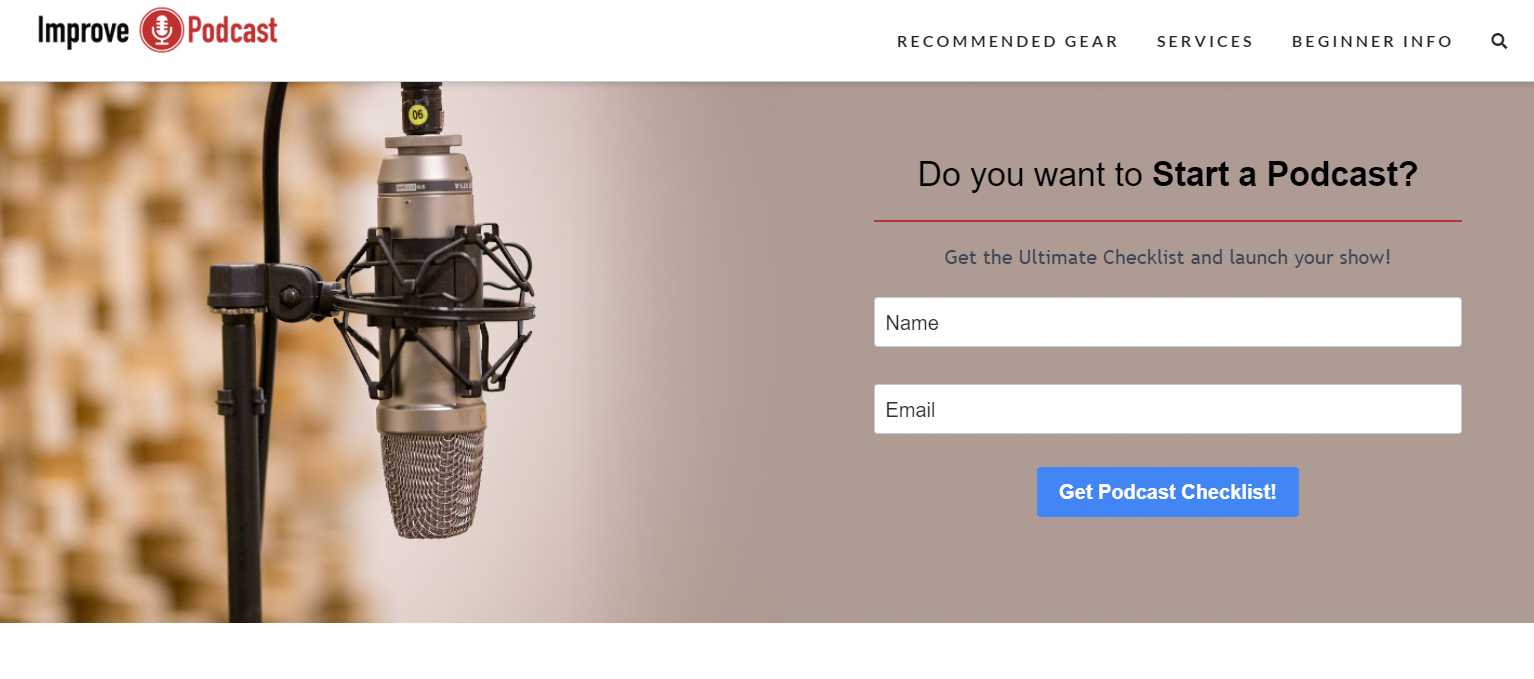
2. Plan your interview carefully
The best podcast editing happens when you have the best material to work with - so plan ahead. Carefully research your topic and guest before planning out an interview structure. Instead of just a list of questions, think about your interview as a narrative arch with a beginning, middle, and end. When you prepare your episodes as stories and not simple Q&A, you’ll have much better material to work with and your editing job becomes much easier.
And when you’re recording, don’t be afraid to ask your guest to repeat an answer. Getting a more succinct or clearer response on tape is much better than trying to edit a long one full of mistakes and repetitions.
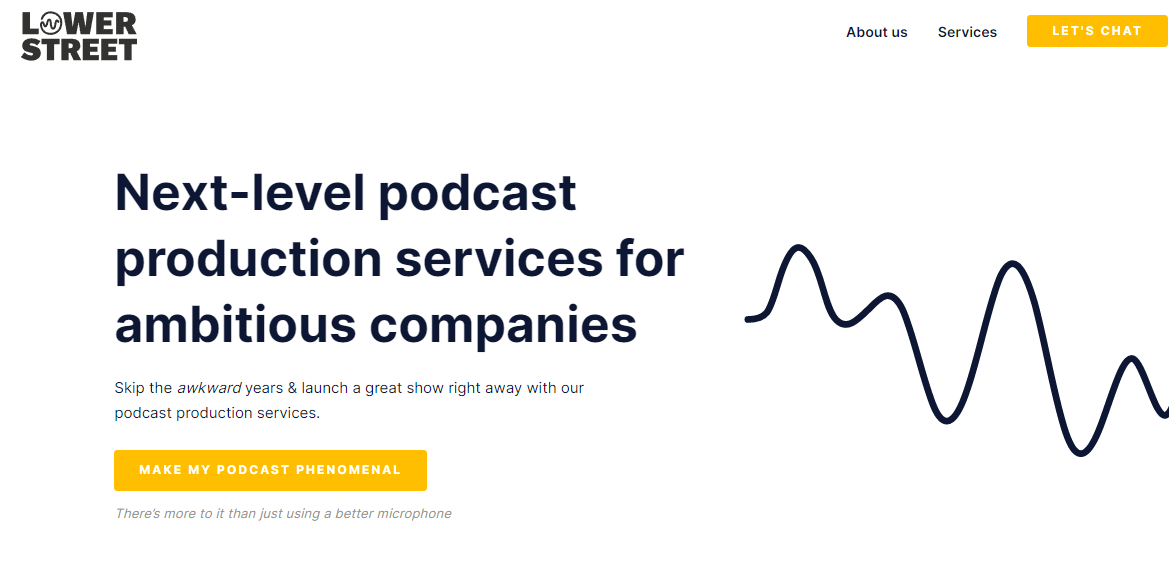
3. Let the conversation breathe
When it comes to editing podcasts, the phrase “less is more” couldn’t be more appropriate. Unlike other forms of online media that have been shrunk down to their smallest, most bite-sized pieces for quick and easy consumption, podcasts thrive for being one of the best mediums for long-form content.
The value in podcasting is the unique opportunity it provides for you to directly speak to your audience for 20, 30, 40-minutes at a time. Whether you're recording an interview, round table discussion, or a solo episode, let your conversation breathe, let your listeners engage, and don’t worry too much about the run-time.
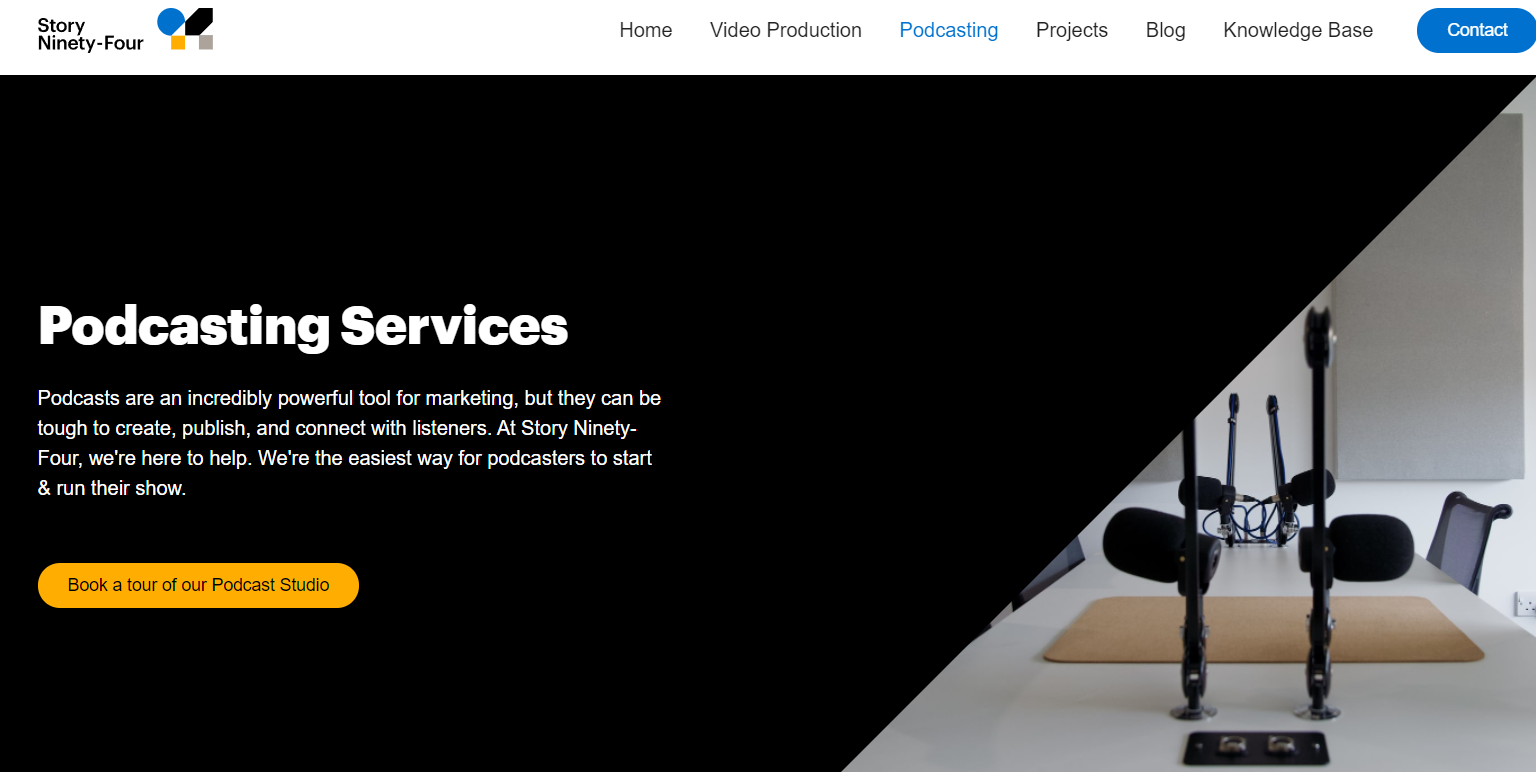
4. Hit the right balance between “perfection” and a natural flow
At first, this can come off as lazy, as if you didn’t have the time or desire to go the extra mile. We’re definitely not advocating for the “raw and unfiltered” version that every creative knows is code talk for “I just didn’t want to edit this”. Instead, I’d make the case that knowing what to change, trim, or keep actually requires more skill.
But the moment Joe Rogan’s podcast sold for $100 million, it proved that regularly shipping quality content would easily outpace editing “perfection”. Constantly picking over your content with a fine tooth comb prevents you from being able to ship nearly enough content to capture and keep your audience.
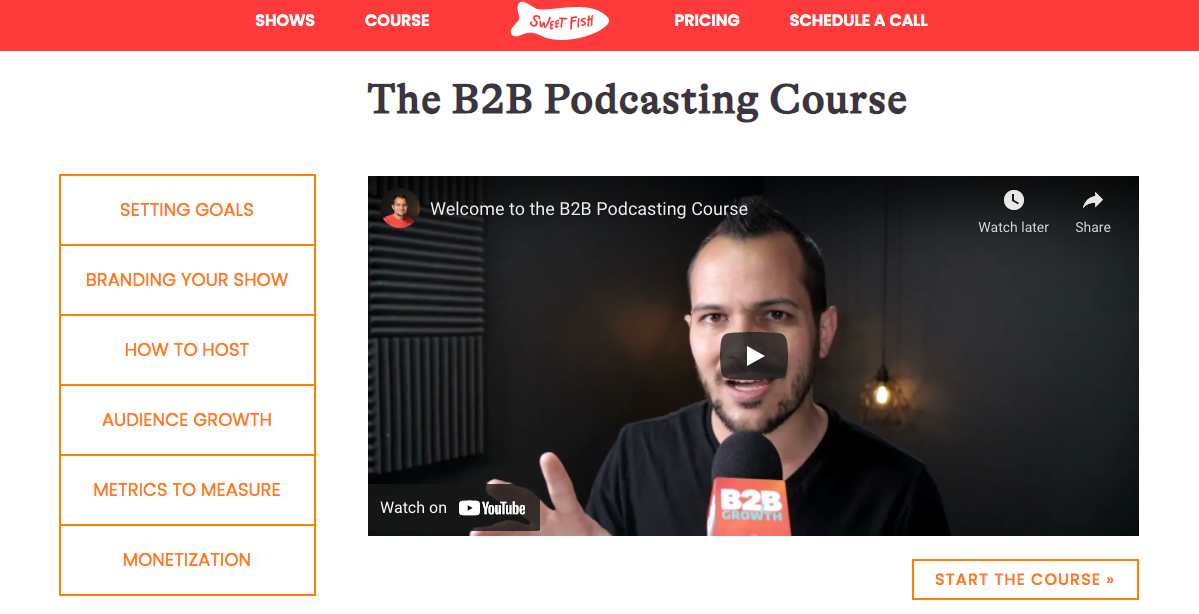
5. Prioritize consistency over perfection
The most important element to a successful podcast is consistency. Getting your content out there. If your editing workflow takes hours for every episode, you’re going to burn out.
Try not to stress over every um and ah, don’t stop recording when you make small mistakes, and keep the edit simple.
Spend a bit of time on levels and background noise or automate it with a tool like Alitu. Other than that, get your intro and outro in there and remove any big mistakes.
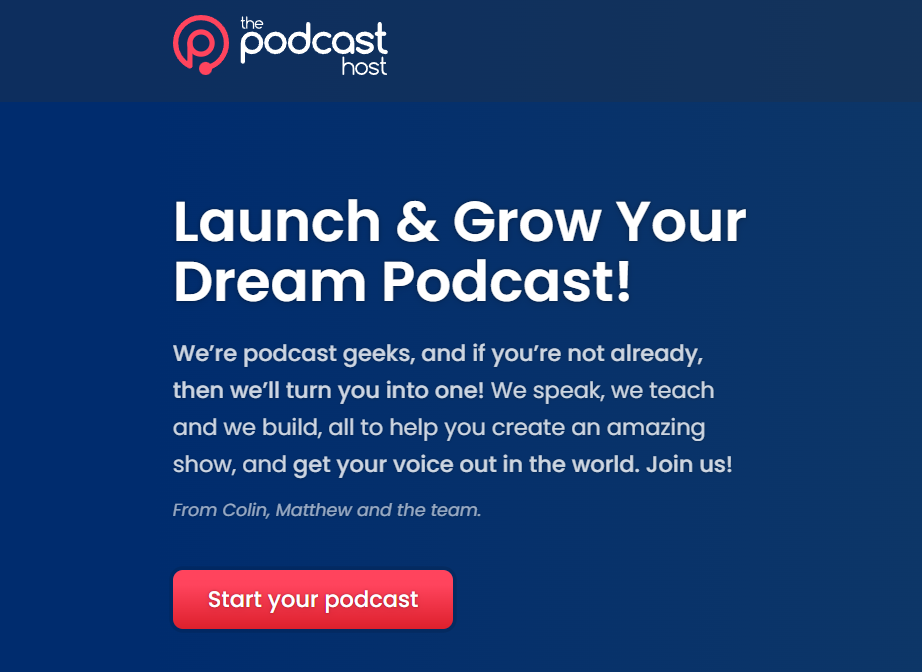
What next?
You’ve read our expert podcast editing tips. Now's the time to take action.
It’s vital you get the basics right to craft episodes that will both attract and retain listeners.
So:
1. Listen to other podcasts in your niche with an editor’s ear.
Notice how judicious editing crafts the tale from beginning to end.
· What snippet forms the intro? Do you agree it packs the right punch? Or can you spot an even better snippet?
· Does the flow of speech sound natural? How many ums or hesitations has the editor left in to facilitate the sound of natural conversation?
The more often you listen and analyse other episodes, the more you’ll apply the same skills when editing your own podcast.
You can find numerous related podcasts — and get even more ideas for your show — by using Rephonic’s interactive 3D graph. We pull the data from millions of podcast connections to reveal more podcasts in your niche.
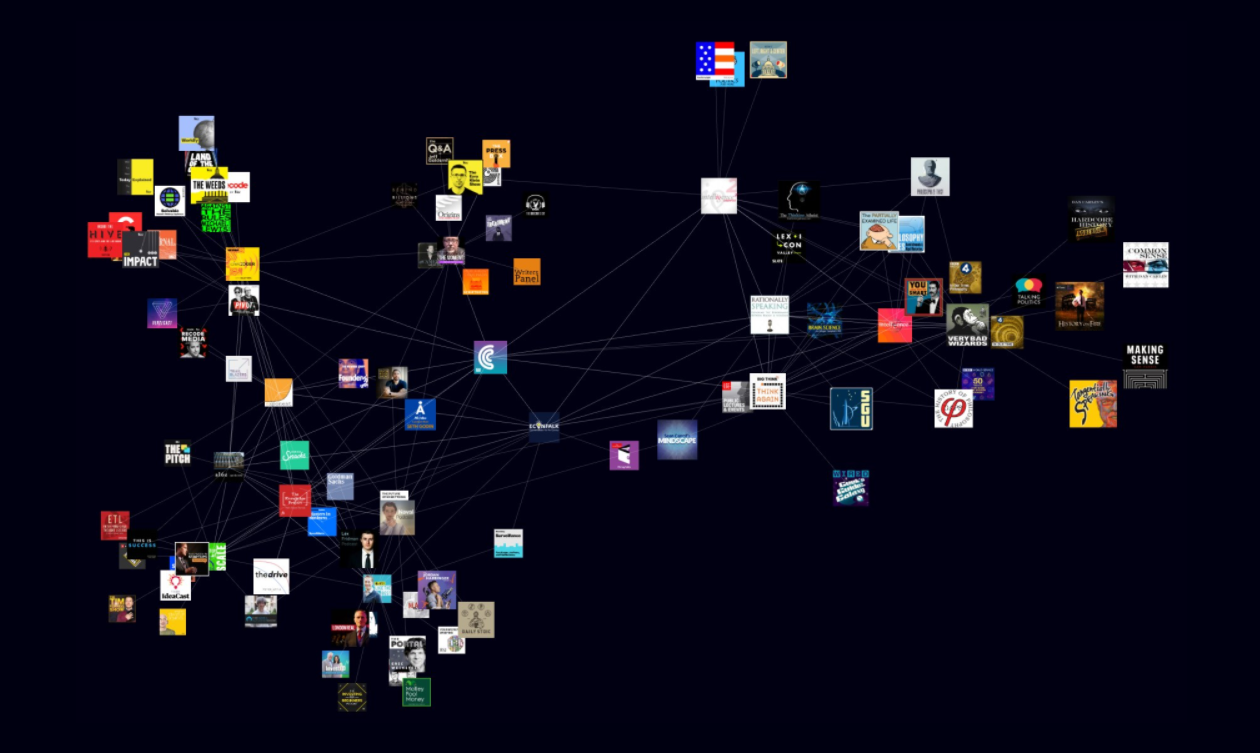
2. Practice what you've learned.
Each time you use your editing software, make a cut and rearrange your Q&As to make a more compelling story, you'll improve and grow in confidence.
There’s no substitute for doing when it comes to podcast editing. So, take our experts' advice and start work to attract the listeners and grow the audience you deserve.
If you want to find data on where your prospective audience hangs out, Rephonic is your first port of call.
View podcast listener numbers, demographics, and engagement rates for any podcast by following this link and getting started with a free trial.

